One Out of 1,440 Minutes: How the One-Minute Journal Helped Change This Student’s Perspective
The vibrant color and accompanying sand-timer makes the One Minute Journal stand out in the bookstore.
I have tried bullet journaling. I ripped the pages out because they didn’t look Pinterest- worthy.
I have tried a digital daily journal, but I felt weighed down by what I saw as a daily chore. I was looking to start journaling with more direction. It can be intimidating to look at a blank page of lined paper and just write.
At Powell’s Books in Portland, Oregon, I searched for the Five-Minute Journal, a popular journal that I had seen on social media. When I couldn’t find it, I looked for a prompt-based journal. The One-Minute Journal, a glossy, vibrant orange book with a sand timer strapped onto it, immediately caught my eye.
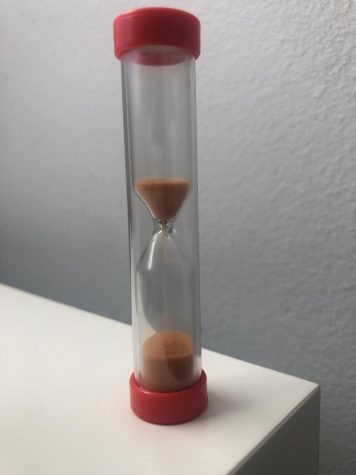
Every night since January 1, I have flipped over a small, board-game style timer filled with orange sand, clicked the tip of my gel pen, and filled an entire page with my thoughts. While many people are intrigued by the thought of journaling, they often see it as a time-sucker and they don’t know when they would do it. The One-Minute Journal is prompt-based and takes the writer through a thought-provoking and, oftentimes, creative process each day, even if it only lasts for one minute. The journal was written by Robie Rogge and published in 2019. Each page has a different writing prompt on it, as well as a space for the date and time. Each night I pick a prompt from the journal. Sometimes I open a random page and start writing, and sometimes I look for one that corresponds to how I’m feeling.
The prompts range from deep, thought-provoking questions, to fun, nostalgic ones. Many of the prompts relate to the ones on the page opposite them. For example, one page says, “Describe a traffic jam you got stuck in,” and the next prompt says, “Describe a long drive you took recently.” While it often takes more than one minute to write out my response, it is more motivating to tell myself that I can sit down and write for a minute. I incorporated it into my nightly routine, and I have written in the journal every day so far.
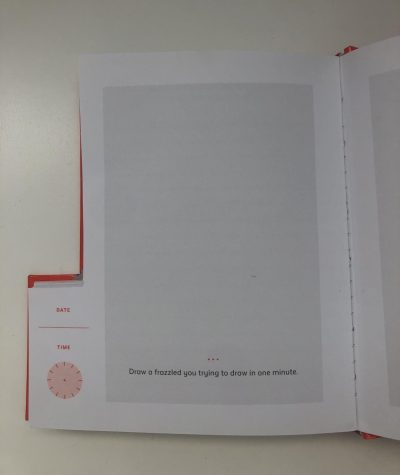
Last night, I opened my journal to a random page and read the prompt. “Describe a moment you’d like to repeat over and over again.” I thought about picking a different page. Maybe I should write about something more current, something about my day. Deciding that I needed to focus on writing about more positive things, I flipped over the timer and began. I wrote about color wars at camp, specifically the moment when the rope that was hanging above my team’s bonfire broke, indicating that we had won the relay. I described the cheers of my younger teammates, and how I was so happy that I couldn’t breathe. I high-fived the long line of campers, all dressed in green, and I felt like a winner.
Journaling about this brought me back to the summer. Even in a busy time during the spring of my junior year, I felt the joy of being at summer camp. Some days you need to be reminded of fond memories. Sometimes you need to vent about something stressful. A prompt-based journal offers both these things.
I wanted to start journaling because I thought that it would help me process certain feelings and events. Dr. Philip M. Ullrich, M.A., and Dr. Susan K. Lutgendorf, Ph.D. documented a study in the Oxford Annals of Behavioral Medicine in 2002- a study that observed the effects of journaling about traumatic events. The study found that the writers they examined who were writing specifically about their emotions “developed greater awareness of the positive benefits of the stressful event than the other two groups.” Fully developing thoughts about a specific event through journaling can be beneficial in many ways. I have noticed that since I started journaling, it was easier for me to “zoom-out” on things that were going on. I wanted to look at things like I was witnessing someone else’s experience. Not only could I give myself more productive self-talk, but I also found that it was easier to give advice to friends and family.
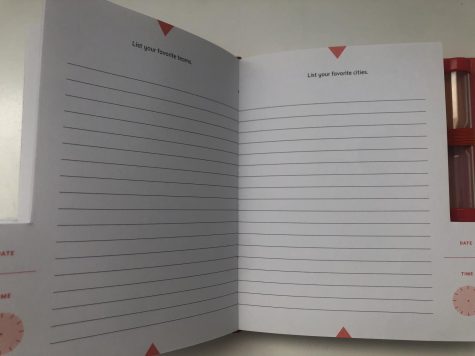
Even things like problems with friends or difficult assignments can affect your ability to fall asleep. However, the One-Minute Journal has given me an opportunity to relax and wind down. Dr. James Pennebaker told The New York Times that journaling can help us sleep better once we write down our memories about specific traumatic or difficult events: “Since our brains are freed from the enormously taxing job of processing that experience,” Dr. Pennebaker wrote. In the middle of junior year, sleep is a limited resource. Worrying about other things when you want to be sleeping makes it even more frustrating. Having a journal to process those worries in a minute or two makes falling asleep faster. I would much rather spend one minute writing about an upcoming stressor than spend hours tossing and turning because I can’t shake the prospect of an interview or test.
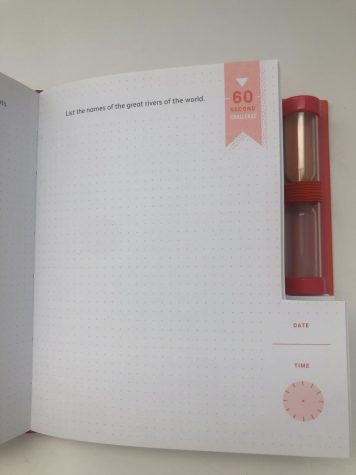
I have noticed that if I am feeling stressed or anxious about something, I usually find a way to incorporate it into my response. The prompt can be about traveling, and I will somehow tie it into the test I’m cramming for. Because many of the prompts are open-ended, I used to find myself looking for prompts that connected to how I was feeling. However, three months in, I have found that the prompts were so well thought out that I don’t need to look very far.
Because I originally looked for specific prompts, I often left “easy” prompts for later. I wanted to write about deeper things. I realized, though, that writing about your favorite books or a historical figure that you admire can help you exponentially. By writing about a core memory or a time when I laughed with friends, I have noticed that the day that I thought may have been bad, stressful, or hectic had positive aspects to it. I know I am guilty of focusing on the negative, but acknowledging that negative and positive experiences can coexist, even in the same moment, has changed the way I look back on each day and the way I carry myself through life.
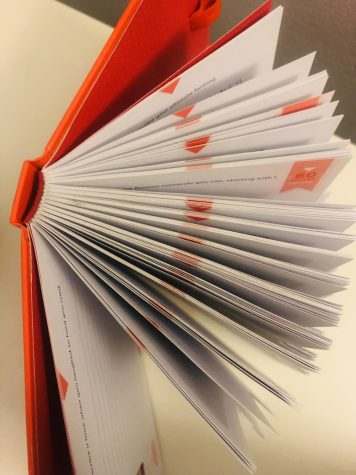
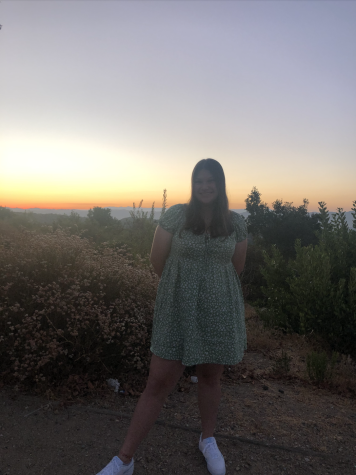
Miriam Herstein, The Roar’s Deputy Editor, is a senior at Milken who has been in Journalism for two years. While she enjoys writing about student clubs,...



